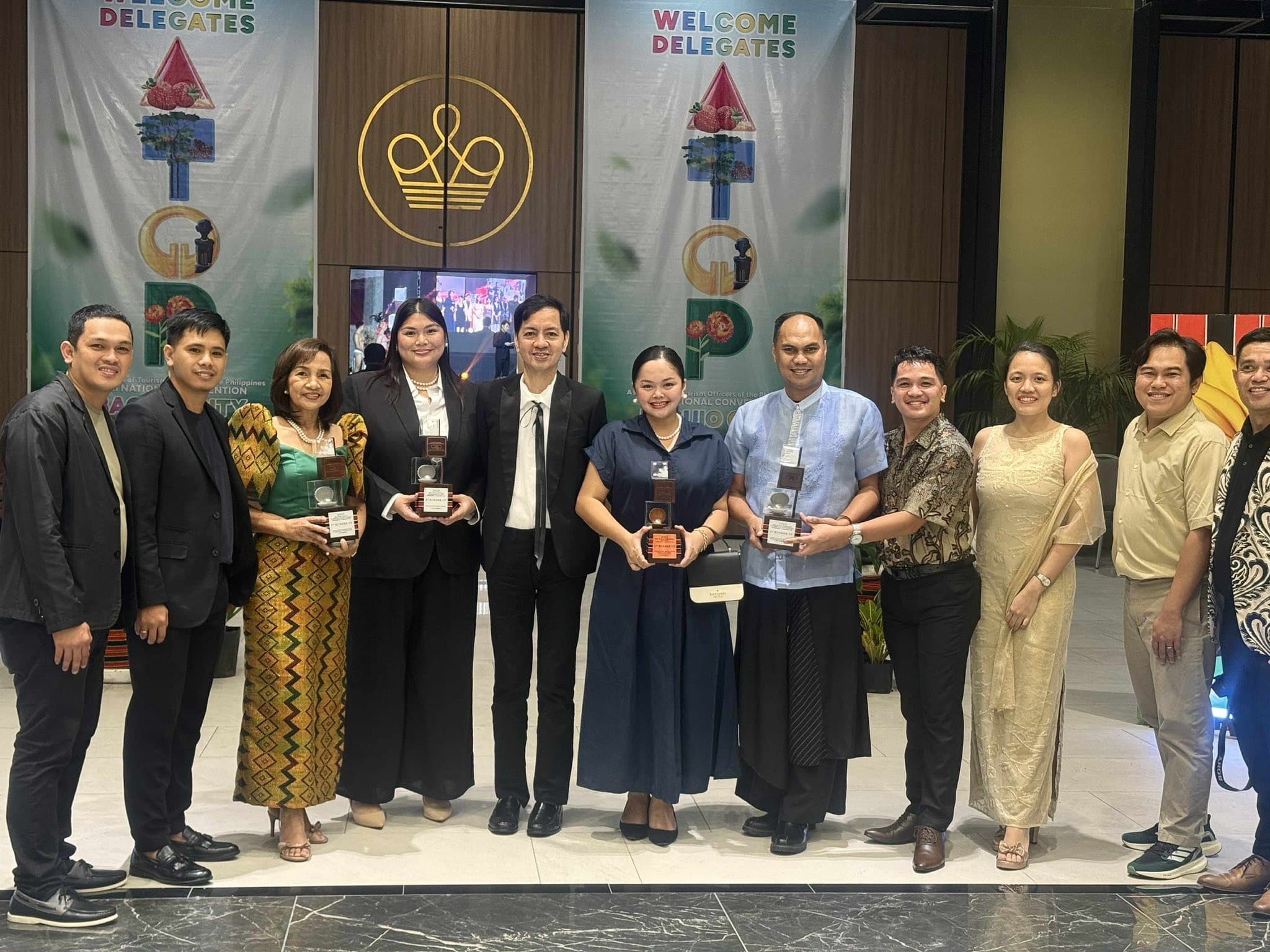
By Joseph Aries F. Señara, Anchor, Brigada News FM Cagayan de Oro
Perched on the serene hills of El Salvador, Misamis Oriental, overlooking the calm blue waters of Macajalar Bay, stands one of the Philippines’ most moving and awe-inspiring pilgrimage destinations; the Divine Mercy Shrine. With its towering 50-foot statue of Jesus Christ, arms open in a gesture of mercy and welcome, this sacred monument not only invites visitors to deepen their faith, but also sparks hope for sustainable development and meaningful community impact through tourism.
The Divine Mercy Shrine is more than a religious landmark, it is a testament to the Filipino people’s unwavering faith and the power of collective devotion. Constructed in 2008 purely from donations, the nine-hectare sanctuary known as Divine Mercy Hills now serves as a haven for thousands of pilgrims each year, especially during the Holy Week. Visitors, both local and international, come in search of healing, peace, and divine connection.
Where Heaven Meets Earth
As you ascend the 200 steps that lead to the feet of the Divine Mercy statue, the world begins to quiet down. Each step feels like a moment of reflection, each breath filled with the cool, fresh air that carries the scent of nearby greenery and the salty breeze from the bay below. The climb, though steep, is rewarded by a view that both humbles and inspires; the majestic statue of Jesus Christ looking over the land with open arms, as if embracing every soul who comes to Him.
The surroundings are as captivating as the shrine itself. The hilltop offers a panoramic view of Mindanao’s natural beauty, a gentle blend of sea and sky, earth and spirit. It is the kind of place where worries seem to dissolve in the wind, where silence speaks volumes, and where one can reconnect with themselves, their faith, or their loved ones.
But beyond the spiritual journey, the Divine Mercy Shrine also plays a vital role in local community development and sustainable tourism.
A Community Uplifted by Faith and Tourism
Behind the peaceful grounds are stories of lives changed by the presence of this sanctuary. From habal-habal drivers who earn daily income by bringing pilgrims up the hill, to local vendors who offer refreshments, religious souvenirs, and modest meals, the shrine has become a vital source of livelihood for the residents of El Salvador City and surrounding barangays.
Even more inspiring is the fact that the Shrine continues to operate without charging an entrance fee. Only love offerings are accepted; a gesture that keeps the spirit of generosity alive while also making the experience accessible to all. The Divine Mercy Shrine exemplifies how faith-based tourism can be inclusive, sustainable, and life-giving.
Government tourism officials have also acknowledged the shrine as the region’s number one pilgrimage destination. Its increasing popularity underscores the potential for tourism to create long-term, stable jobs, especially when rooted in community involvement and environmental stewardship. By investing in better access roads, transport links, and support services, stakeholders can transform this growing spiritual movement into a robust economic pillar, all while preserving the sacredness of the site.
A Place of Miracles and Mysteries
What makes the Divine Mercy Shrine even more remarkable are the events that defy explanation and stir the soul. On multiple occasions most notably in 2003, 2009, and 2013 thousands of devotees claimed to have witnessed the “dancing sun” during sunrise Mass. The phenomenon, captured in photographs and videos, involved the sun swirling like a pinwheel, changing in size and color, a powerful reminder for many that something truly divine resides here.
During the 2013 Feast of the Divine Mercy, visitors also reported seeing the statue’s eyes appear to close or look down, adding to the sacred aura that surrounds the shrine. These unexplained occurrences draw not only the faithful but also the curious, fostering deeper reflection and reverence.
Getting There
Reaching the shrine is relatively easy, whether you’re a local pilgrim or a tourist arriving via Laguindingan International Airport. From the airport, a short 15-minute taxi or van ride takes you directly to El Salvador City. From Cagayan de Oro, public transport options such as buses or jeepneys heading towards Iligan City will drop you off at the main crossing to the shrine, where habal-habal motorcycles complete the final stretch uphill.
While visitors are welcome, there are important dress codes to follow as a sign of respect. Revealing clothes and shorts are not allowed inside the sacred grounds. For those unaware, staff provide blue cloth coverings at the entrance to ensure modesty is observed.
A Call for Sacred Support
The Divine Mercy Shrine is more than just a destination, it is a living, breathing symbol of what faith, community, and sustainable tourism can achieve together. For travelers, it offers a place to rest and renew the spirit. For locals, it is a source of livelihood and pride. For policymakers and tourism advocates, it is a model of responsible development and sacred preservation.
As we continue to explore and support destinations like this, let us do so with reverence and responsibility. Let us amplify voices calling for eco-friendly policies, improved infrastructure, and job-generating initiatives that not only elevate a place but honor the people who call it home.
So if you seek peace, purpose, and a profound encounter with the divine, make your way to the hills of El Salvador. There, where the statue stands tall and merciful, you’ll find more than just a view you’ll find a home for the soul.




